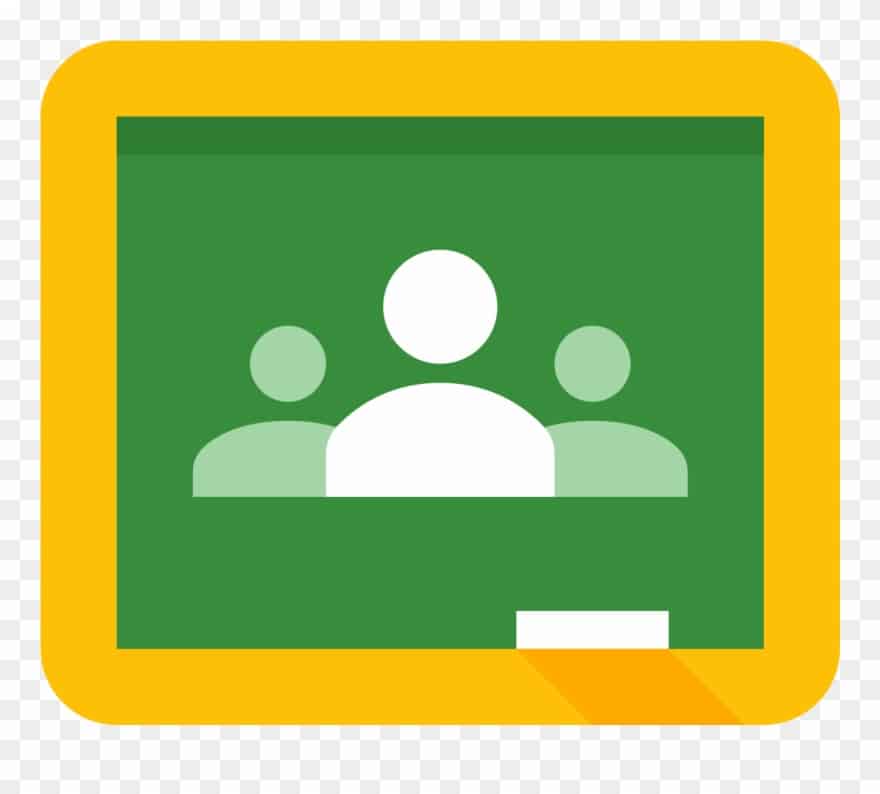Distance learning is not a concept many teachers are familiar with, but it can be a crucial tool in your armoury if situations arise that mean pupils need to learn from home. As a member of a few global teacher networks, I’ve been asking those in schools with experiences of distance learning for their experiences and advice. In this post I’ll try to summarise some of the key steps to consider, whilst focusing on some of the simple tools Google for Education provides through Hwb which can make your distance learning much easier.


Have a plan
Having to quickly pivot from regular teaching to distance learning is not easy, but having a plan in place makes a world of difference. Waiting until a situation arises where distance learning is needed before making your plans will result in confusion and chaos for your staff, students and parents/guardians. Once a school is closed, it gets considerably harder to get a consistent message through to parents, students, staff and the local community.

Once you’ve made decisions on platforms and routines (see below), make sure all of your staff understand those decisions and are comfortable using the technology you’ve chosen. This is especially true about live video technology like Google Meet as most teachers will be unfamiliar with it.
Also, make sure the pupils know how to access and use the platform of choice. Hopefully, in most schools, this won’t be an issue as pupils will be used to logging into Hwb and Google Classroom on a regular basis.
Make sure contact details and login information is up to date
Whilst most secondary schools are likely to be able to contact their students through their school email, primary schools often don’t have a direct way to contact their students/guardians other than phone calls or SMS messages. Make sure your school have up to date email addresses for parents so that tasks and information can be sent. For those teaching Years 5 and 6, if you haven’t taught your pupils to use email yet then right now would be a great time to introduce those skills!
Once you choose the online platforms you will use as a school for distance learning (see below), make sure every student knows their login details. Create cards with the details for students to take home.
Identify the families that may not have internet access at home, or may not have a device on which to work. You’ll need a different approach with those students, possibly preparing an activity pack ready to hand out if closure happens.
Keep things simple
There are thousands of different platforms used by schools to teach online, but the key to successful distance learning is to keep it simple. The most important choice is to have one central platform where tasks will be published and pupils can hand in their work. This is possible through emails, but in my experience Google Classroom is a great fit for this role.

- Tasks can be pushed out easily by teachers, who can also differentiate by pushing different work to groups of students.
- Students can log in every morning and find the latest task right at the top of their stream.
- There’s no confusion in attaching documents to emails, and teachers don’t receive tens of emails or sharing notifications every day. The pupils’ work will be in one place waiting for them.
- Non digital, or ‘offline work’ can still be set in Google Classroom, and parents/students can submit evidence of the work by taking a photograph on a phone or tablet and adding it to the task.
- All schools in Wales already have access to Google Classroom through their Hwb accounts.
Catch up on how to get started with Google Classroom in Hwb here (click)
Keep things interesting
Whilst you should have a main digital platform like Google Classroom to share tasks and view students’ work, don’t feel that this means all of the tasks must be slides or typed work. Tasks can be as varied as coding on Code.Org (log in with your Google/Hwb account and you can set tasks for your pupils directly within Code.Org) or use any of J2E’s myriad of tools to draw, investigate databases or design posters. Remember the importance of fully offline tasks such as reading a book, creating repeating patterns with household objects or doing physical activity in the garden. Photos and videos of ‘offline’ tasks or screenshots of work done on other platforms is often evidence enough and can be easily uploaded to Google Classroom by the student/parent.
See how easy it is for students to attach photographs or videos to their Classroom task here (click)
Establish a routine
Whilst most teachers will not be used to presenting via video feed, it is worth considering implementing live broadcasts as part of your distance learning routine (it’s not half as scary as it sounds!). Students are likely to respond better to working at home if they still see their teacher for a short while every day. One idea is to implement “teacher time” from 9:00-9:30 when teachers present an overview of the day’s tasks to their class over Google Meet.

Meet is very easy to use, just log in to meet.google.com, click the button to start a meeting and share the URL link into your Google Classroom or via email. Students won’t have to download any special software at home, they’ll just click on the link and immediately join your video call. Not every student will watch every day, but for those who do it will help them keep a sense of routine and help them focus on their tasks. You may even consider a ‘Closing Time’ video Meet at 3pm as well to give pupils the chance to share their experiences of their day.
Learn how to use Google Meet here (click)
Remember staff welfare

Whilst it’s important that teaching staff prepare tasks for students and keep encouraging them to learn through feedback and/or video presentations, remember that your staff will be finding things hard switching to distance learning as they’ll be working well outside their comfort zone as none will be used to distance learning. Your staff welfare is, as always, paramount. Whilst you won’t be seeing them face to face as normal, keep in touch and remember to ask them sincerely how they are coping. Maybe even set up a Meet video call at a specific time each day for your staff to have voluntary ‘staffroom time’, a chance to just chat informally with each other, to vent about their frustrations and to share what’s been working well.
If you make our plans now, make sure your teaching staff are comfortable with your choices and spend some time ensuring your pupils are confident with the platforms you plan to use, then the transition to distance learning will hopefully go relatively smoothly for the school, the staff, the parents and, most importantly, the students.
Find Out More
Hwb’s Google for Education Support Page
